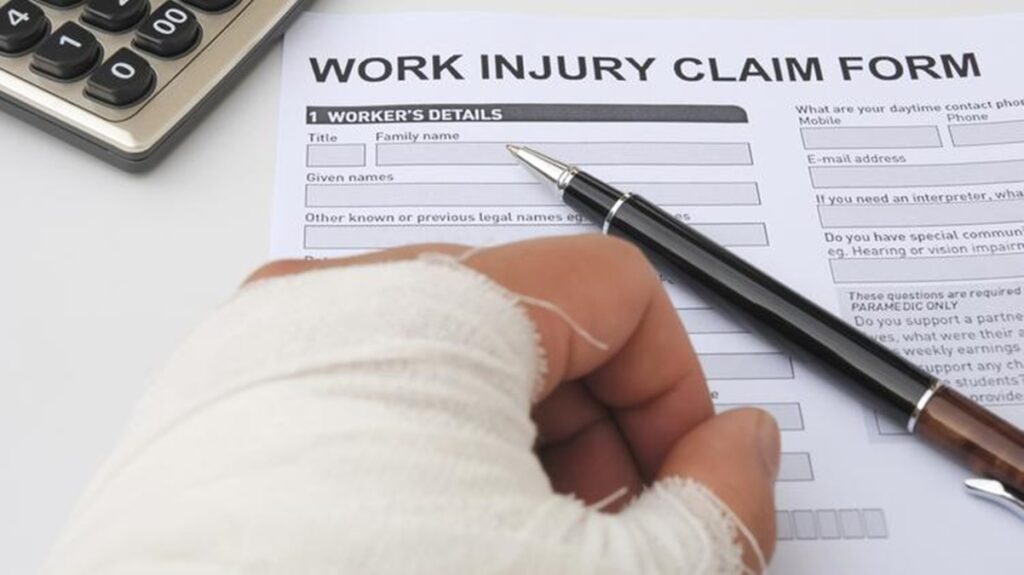Workplace injuries are common. Injuries involving slips, trips, and falls are perhaps the most reported injuries. But chemical injuries, noise-induced hearing loss, and long-term nerve damage also constitute workplace accidents. You can claim personal injury compensation for any work-related injury, but there are steps you can follow to give your case the foundations on which to base the rest of your claim. If you have an injury at work it leaves you in a complicated situation and you may not know what to do for the best (for more information, see personalinjury.com)…
We’re going to look at what you should do following an injury at work. In the event of an accident, having a plan can help to direct your actions at a time when you may feel exposed and a little lost.
Report the Injury
Your workplace will have a process in place for reporting injuries. Typically, a nominated first responder will make an entry in the official work accident book. In making the entry, there is a documented report of your injury. Details could include time, date, location, and whether you lost consciousness.
Make the report as close to the time of your injury as possible. By acting fast, your memory will serve you. Late entries to the accident book could suffer from a limited recollection of the event.
At this stage, your claim may also benefit from eyewitness testimony. Speak to any colleagues about your injury, if possible. Any official record of eyewitnesses can later prove useful. The thinking is that it is more useful to you to have different types of evidence available in support of your claim, rather than to need it and not have it.
Take Photos of Your Injury (and the Work Location in which Your Injury Occurred)
You may feel disorientated at the time of your injury. That is a natural part of being suddenly surprised by a significant event such as a personal injury. However, you must attempt to take photographs, both of your injuries and the scene.
Onlookers or coworkers may try to remove you from the area where there is a continuing risk to your safety, and, understandably, photographs are not always feasible. But once you leave the scene, people can clean or make changes to the area. Without meaning to affect your claim, these people could remove or disturb vital evidence.
Always try to take photos of your injury and the scene before you leave. In this way, you can be sure that the photographic evidence you supply is robust. You may benefit from upgrading your phone to a newer model with a suitably effective camera – for example, follow the link to check out these options, click here.
Seek Medical Attention
As mentioned, you must gather evidence in support of your claim. In terms of a personal injury compensation claim, that evidence necessarily includes medical records.
When you begin a claim, your lawyer will likely ask if you have medical reports of your injury. Where no such records exist, medical appointments may be necessary. Your lawyer is in a position to talk you through your options and may suggest medical facilities near you.

